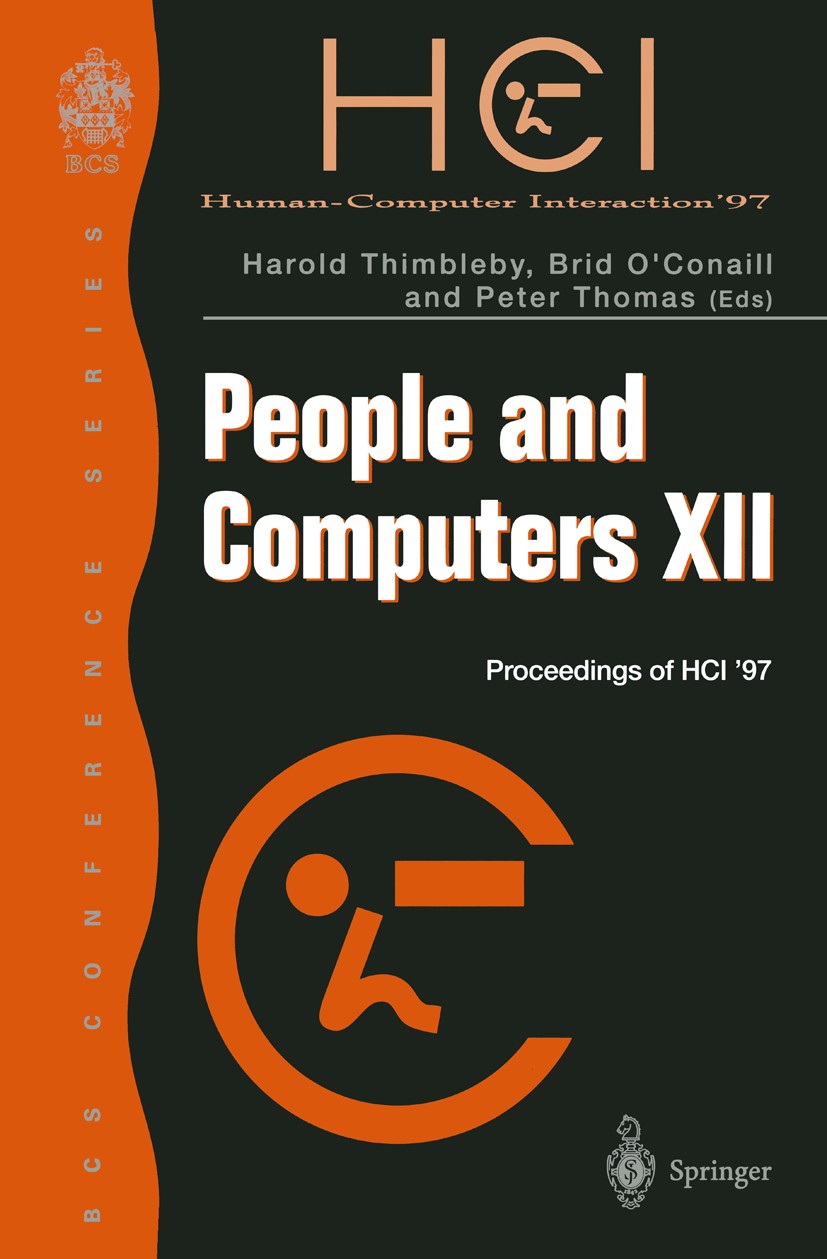| 書目名稱 | People and Computers XII | | 副標(biāo)題 | Proceedings of HCI ’ | | 編輯 | Harold Thimbleby,Brid O’Conaill,Peter J. Thomas | | 視頻video | http://file.papertrans.cn/744/743451/743451.mp4 | | 圖書封面 |  | | 描述 | Most organisations try to protect their systems from unauthorised access, usually through passwords. Considerable resources are spent designing secure authentication mechanisms, but the number of security breaches and problems is still increasing (DeAlvare, 1990; Gordon, 1995; Hitchings, 1995). Unauthorised access to systems, and resulting theft of information or misuse of the system, is usually due to hackers "cracking" user passwords, or obtaining them through social engineering. System security, unlike other fields of system development, has to date been regarded as an entirely technical issue - little research has been done on usability or human factors related to use of security mechanisms. Hitchings (1995) concludes that this narrow perspective has produced security mechanisms which are much less effective than they are generally thought to be. Davis & Price (1987) point out that, since security is designed, implemented, used and breached by people, human factors should be considered in the design of security mechanism. It seems that currently hackers pay more attention to human factors than security designers do. The technique of social engineering, for instanc- obtaining pa | | 出版日期 | Conference proceedings 1997 | | 關(guān)鍵詞 | Calc; Internet; architectures; calculus; convergence; design; ethnography; field; human factors; human-comput | | 版次 | 1 | | doi | https://doi.org/10.1007/978-1-4471-3601-9 | | isbn_softcover | 978-3-540-76172-3 | | isbn_ebook | 978-1-4471-3601-9 | | copyright | Springer-Verlag London 1997 |
The information of publication is updating

|
|
 |Archiver|手機(jī)版|小黑屋|
派博傳思國(guó)際
( 京公網(wǎng)安備110108008328)
GMT+8, 2025-10-5 05:27
|Archiver|手機(jī)版|小黑屋|
派博傳思國(guó)際
( 京公網(wǎng)安備110108008328)
GMT+8, 2025-10-5 05:27


